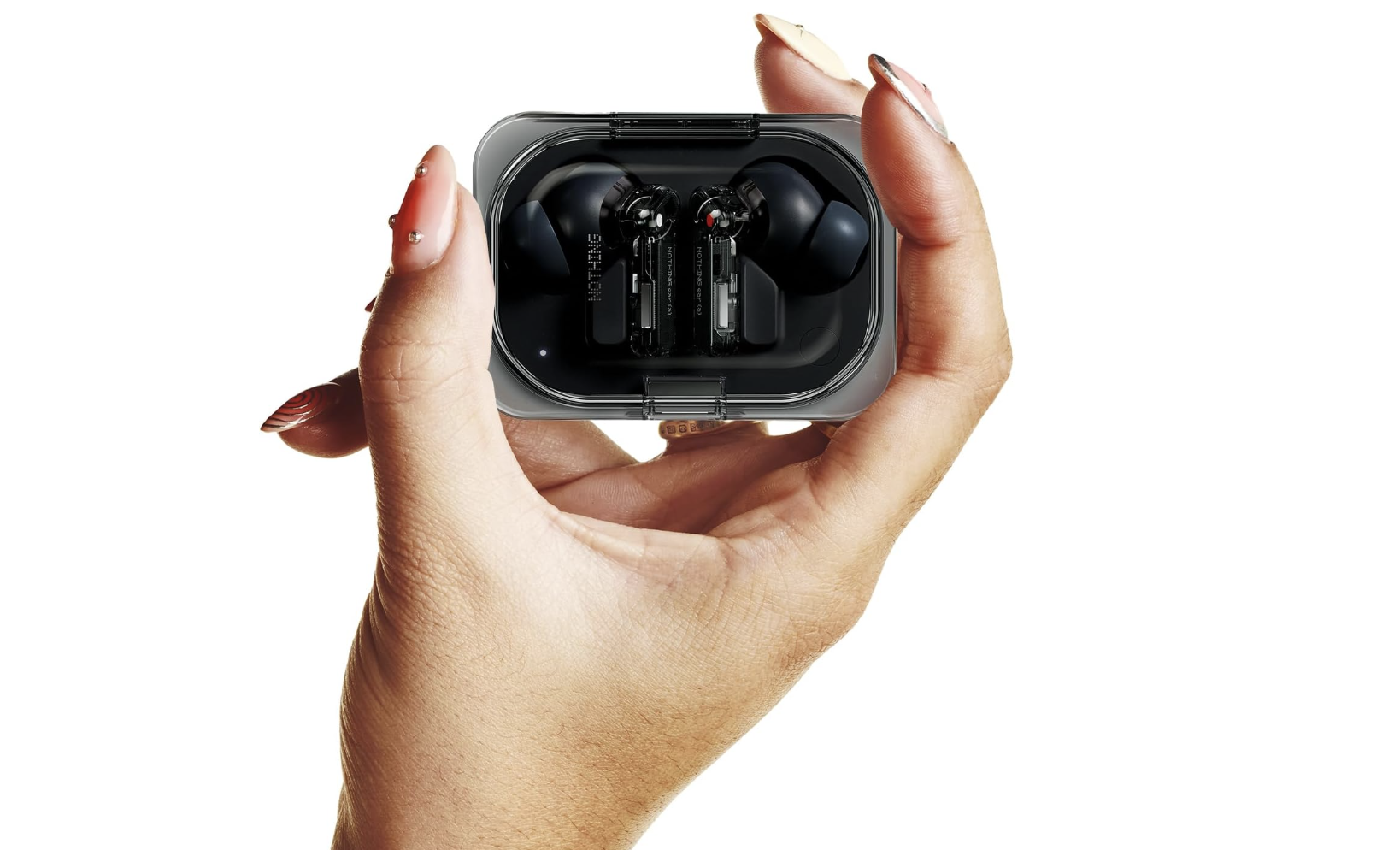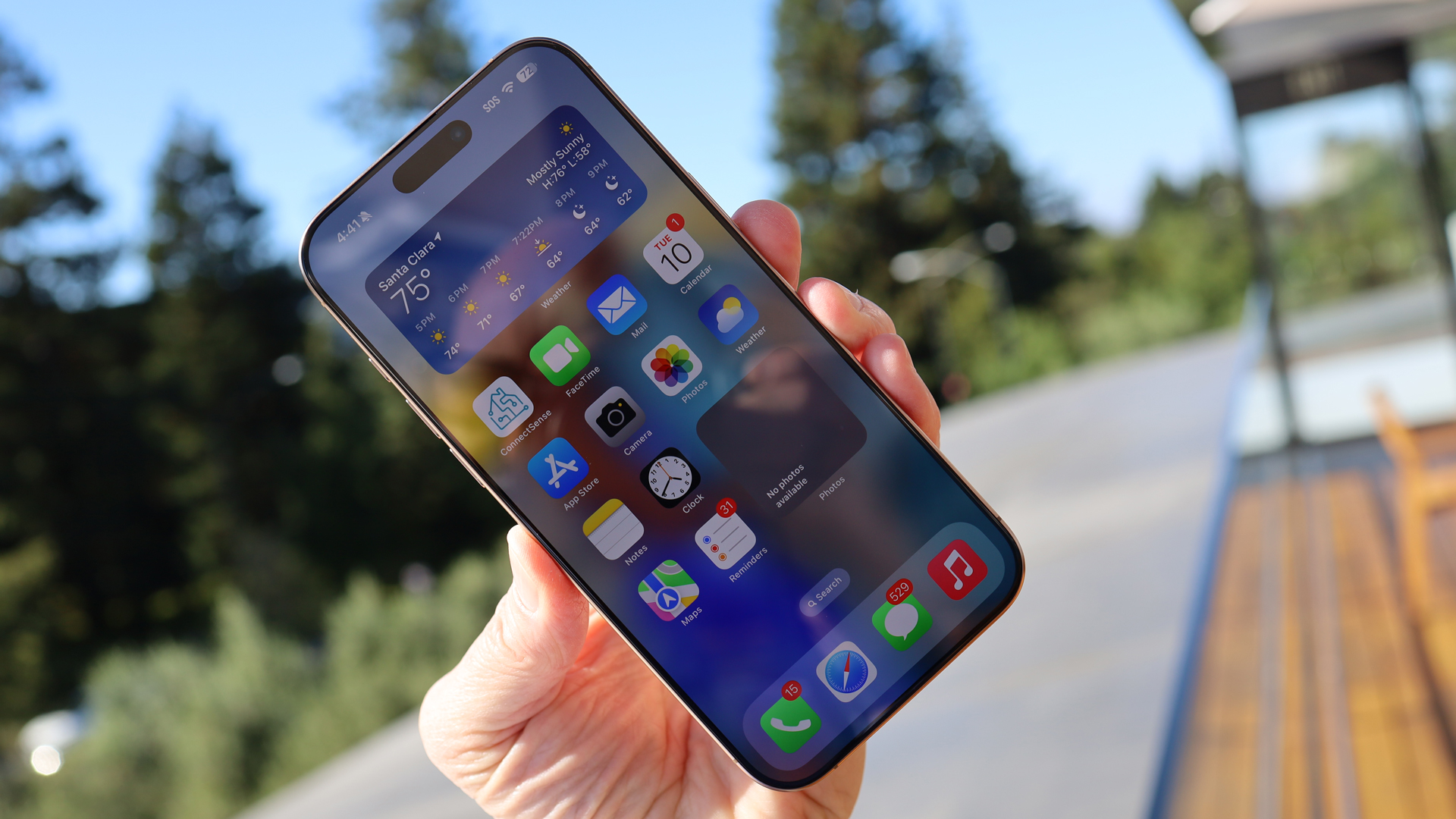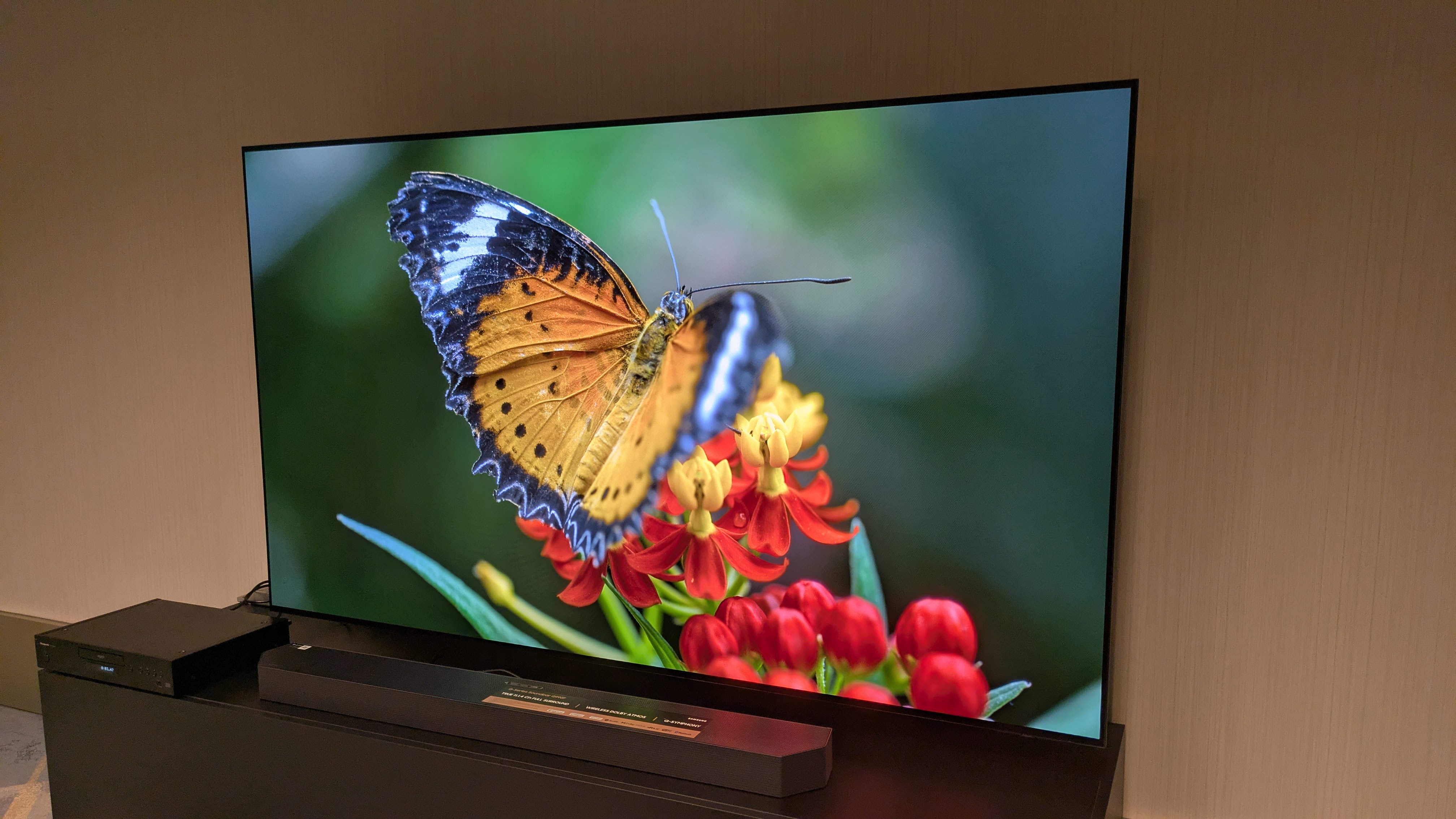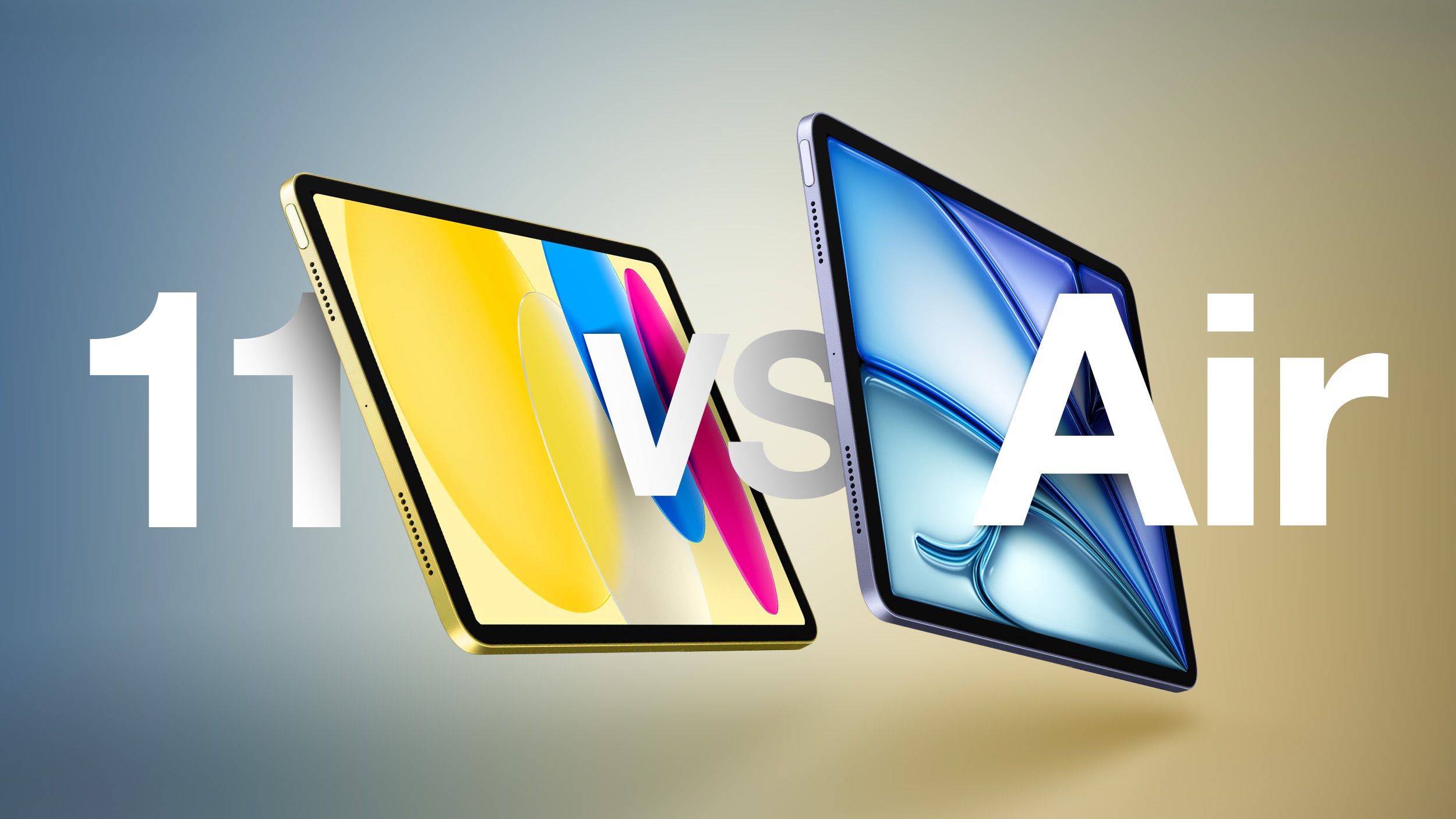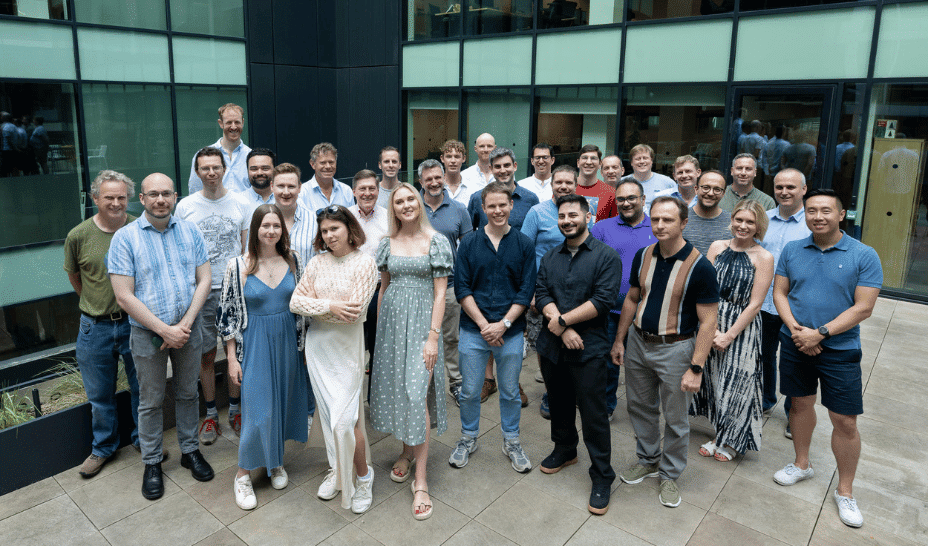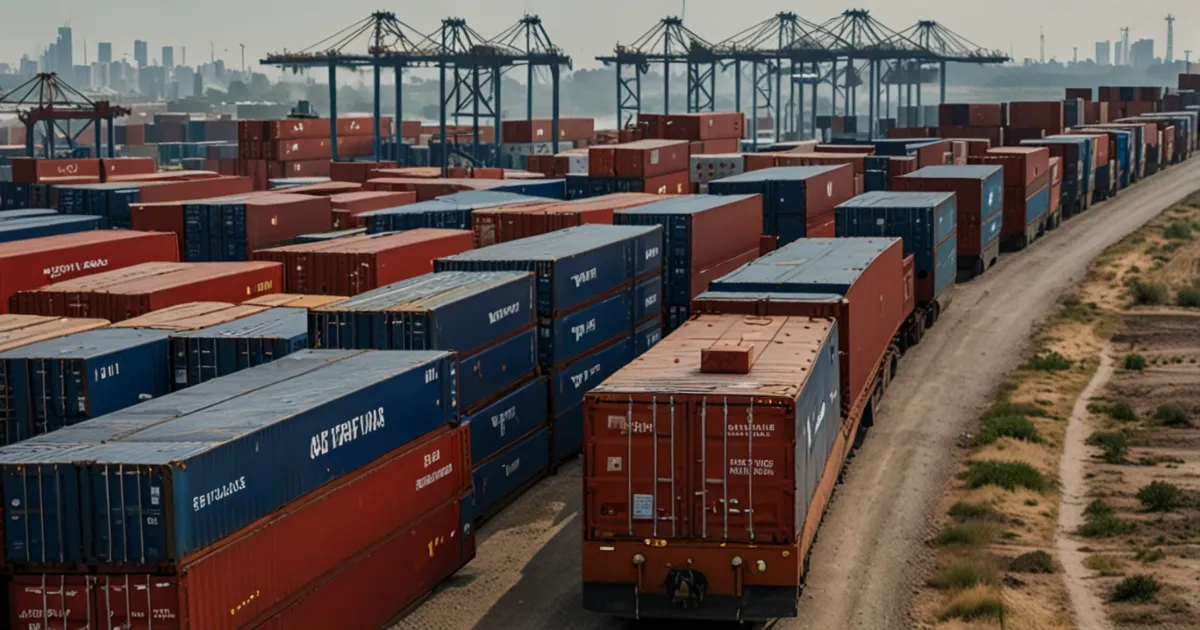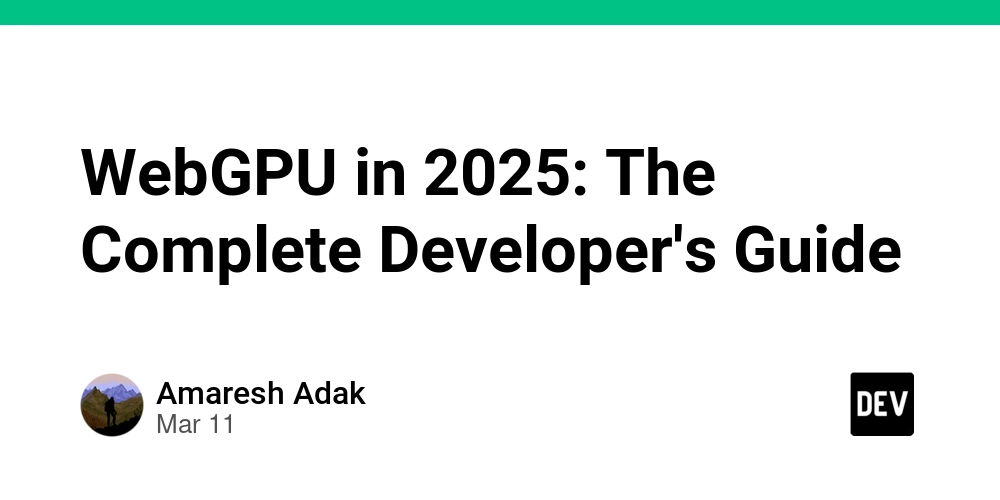Let’s face it—Kubernetes is awesome, but developing on it can feel like trying to debug spaghetti code blindfolded. Between setting up clusters, syncing code, and wondering why the pod isn't picking up your changes again, it's easy to lose momentum. But not today. Today, you’re going to slap Kubernetes in the face with DevSpace, spin up your own local cluster with Kind, and build a Node.js app that updates faster than your caffeine intake. This isn’t just a guide—it’s your fast-track to becoming a local K8s boss. ⚙️ What We’re Building (and Why You Should Care) We’ll build a simple, live-reloading Node.js app that runs inside Kubernetes—locally. You’ll get: ✅ A real Kubernetes cluster (with Kind, not “pretend-Kube”) ✅ DevSpace-powered live reloads and two-way code sync ✅ Clean, production-style deployment setup ✅ An app that actually works and updates without you rage-refreshing Chrome GitHub Repo: narmidm/devspace-k8s-local-dev
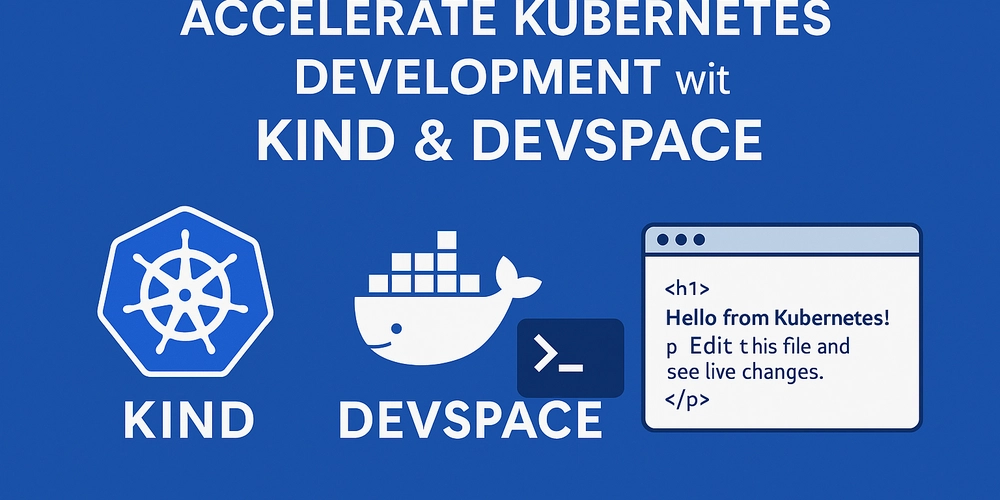
Let’s face it—Kubernetes is awesome, but developing on it can feel like trying to debug spaghetti code blindfolded. Between setting up clusters, syncing code, and wondering why the pod isn't picking up your changes again, it's easy to lose momentum.
But not today. Today, you’re going to slap Kubernetes in the face with DevSpace, spin up your own local cluster with Kind, and build a Node.js app that updates faster than your caffeine intake.
This isn’t just a guide—it’s your fast-track to becoming a local K8s boss.
⚙️ What We’re Building (and Why You Should Care)
We’ll build a simple, live-reloading Node.js app that runs inside Kubernetes—locally. You’ll get:
✅ A real Kubernetes cluster (with Kind, not “pretend-Kube”)
✅ DevSpace-powered live reloads and two-way code sync
✅ Clean, production-style deployment setup
✅ An app that actually works and updates without you rage-refreshing Chrome
GitHub Repo: narmidm/devspace-k8s-local-dev

























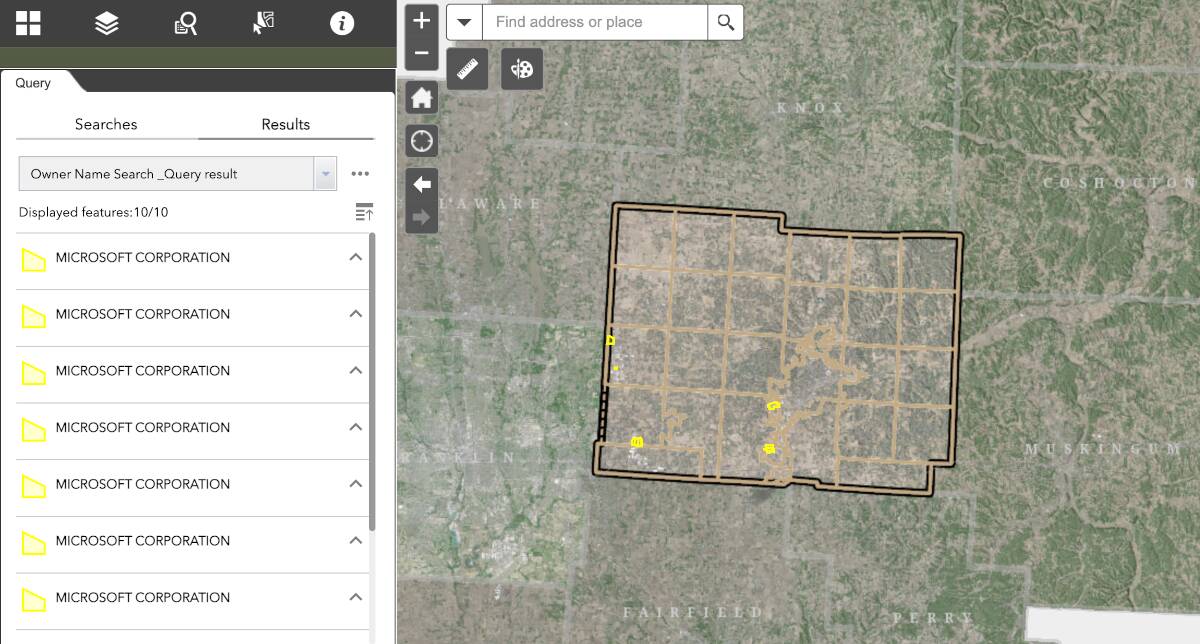
















































































































































![[The AI Show Episode 143]: ChatGPT Revenue Surge, New AGI Timelines, Amazon’s AI Agent, Claude for Education, Model Context Protocol & LLMs Pass the Turing Test](https://www.marketingaiinstitute.com/hubfs/ep%20143%20cover.png)

















































































































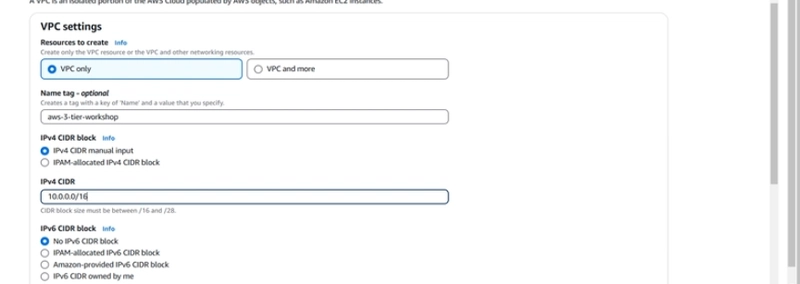


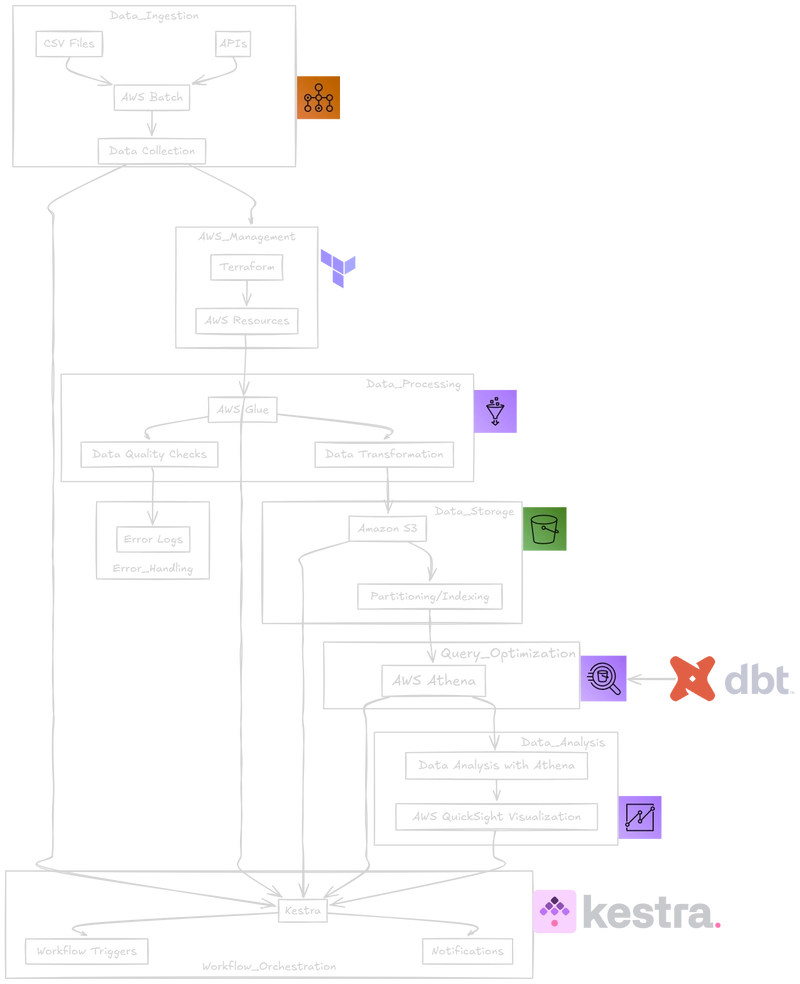














![From drop-out to software architect with Jason Lengstorf [Podcast #167]](https://cdn.hashnode.com/res/hashnode/image/upload/v1743796461357/f3d19cd7-e6f5-4d7c-8bfc-eb974bc8da68.png?#)












































































































-11.11.2024-4-49-screenshot.png?width=1920&height=1920&fit=bounds&quality=70&format=jpg&auto=webp#)























_jvphoto_Alamy.jpg?#)




.png?#)

















































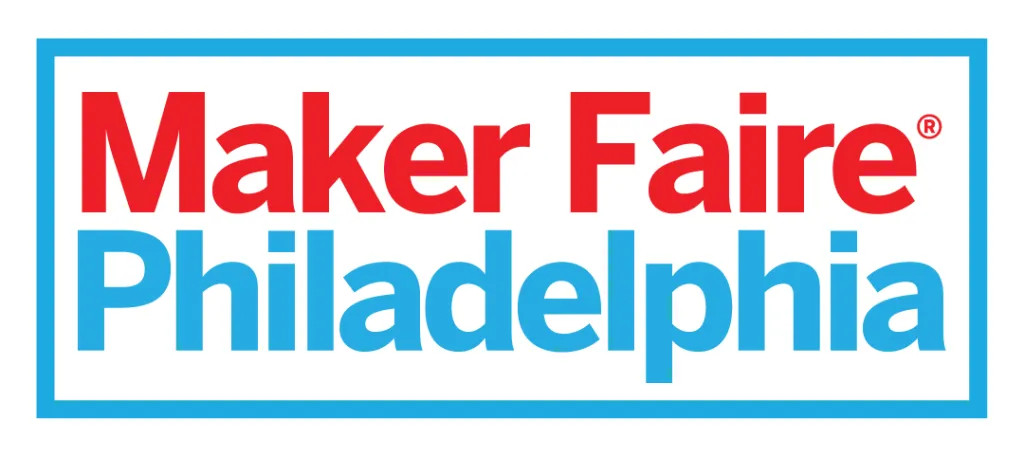






















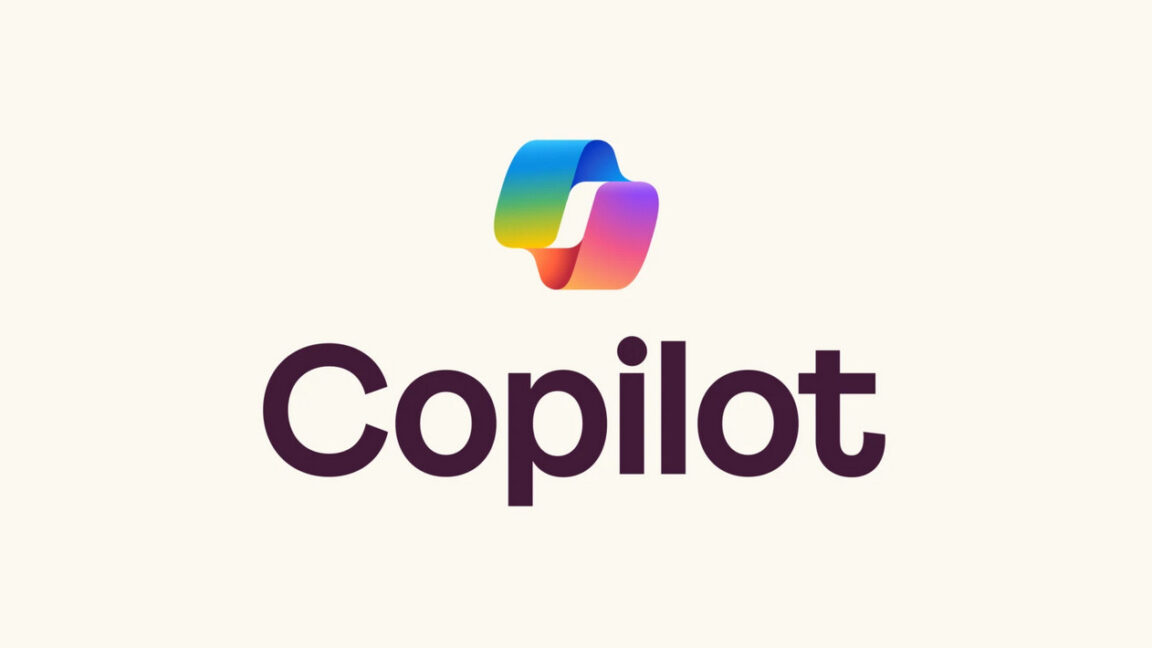








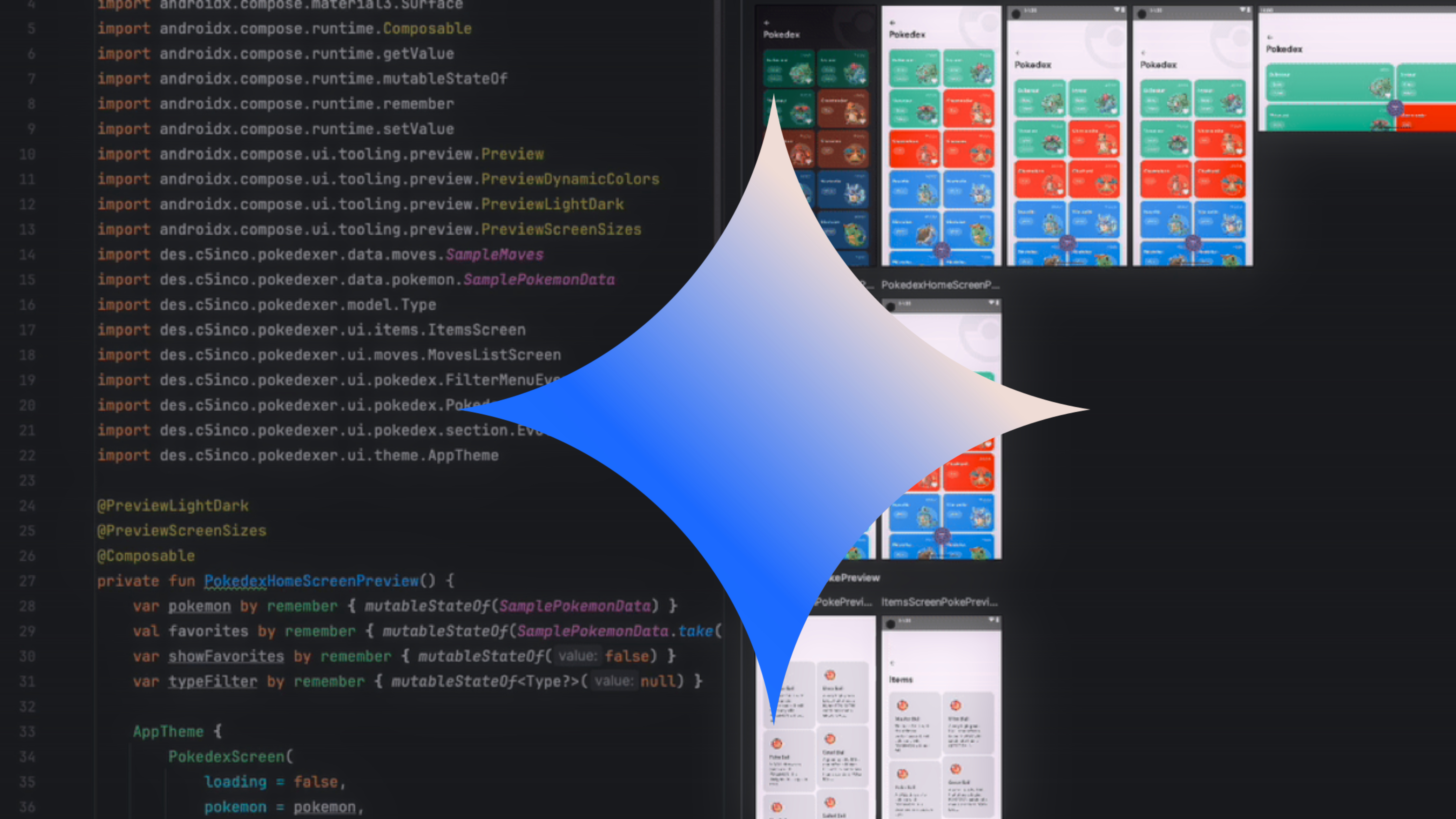





















![Apple Debuts Official Trailer for 'Murderbot' [Video]](https://www.iclarified.com/images/news/96972/96972/96972-640.jpg)
![Alleged Case for Rumored iPhone 17 Pro Surfaces Online [Image]](https://www.iclarified.com/images/news/96969/96969/96969-640.jpg)

![Apple Rushes Five Planes of iPhones to US Ahead of New Tariffs [Report]](https://www.iclarified.com/images/news/96967/96967/96967-640.jpg)














